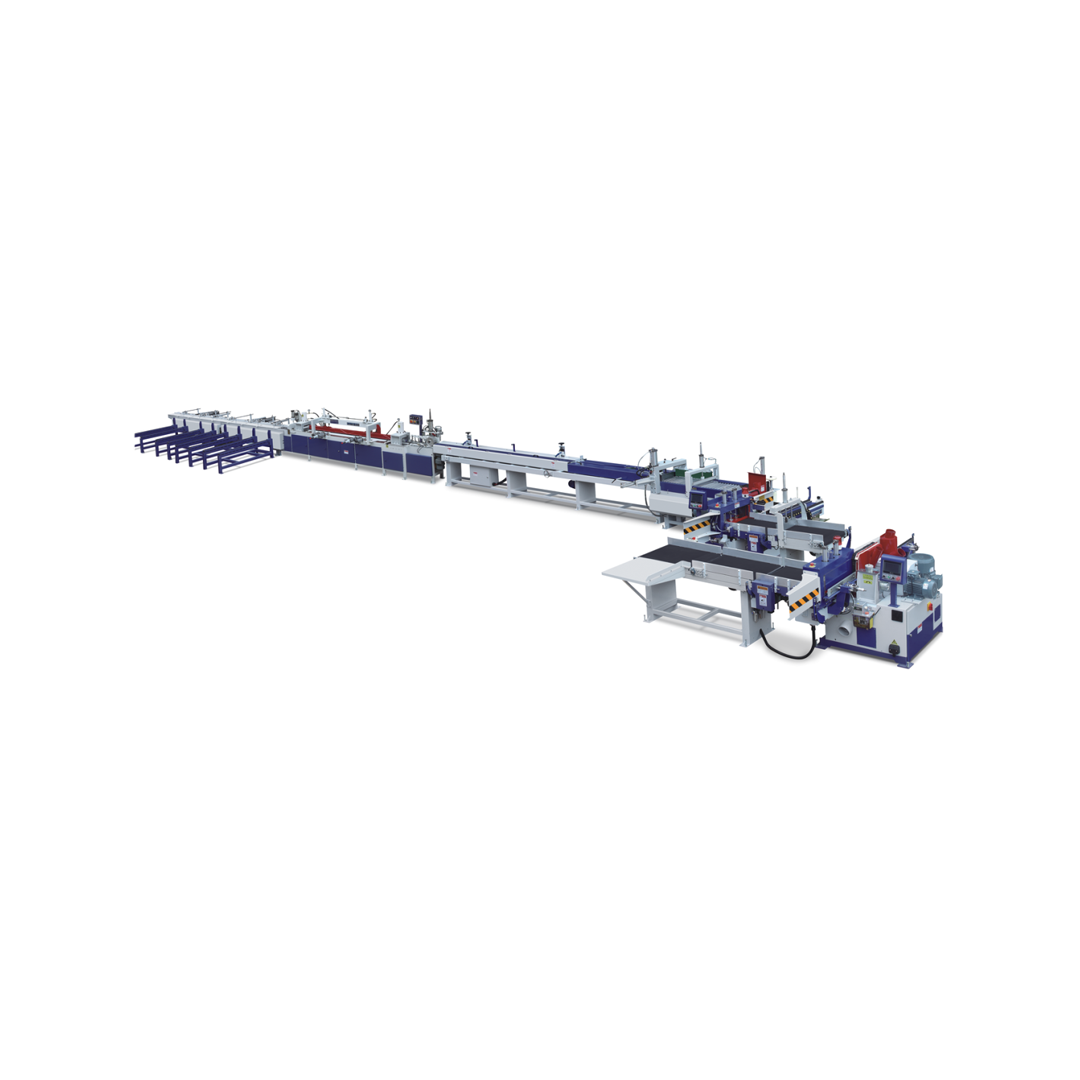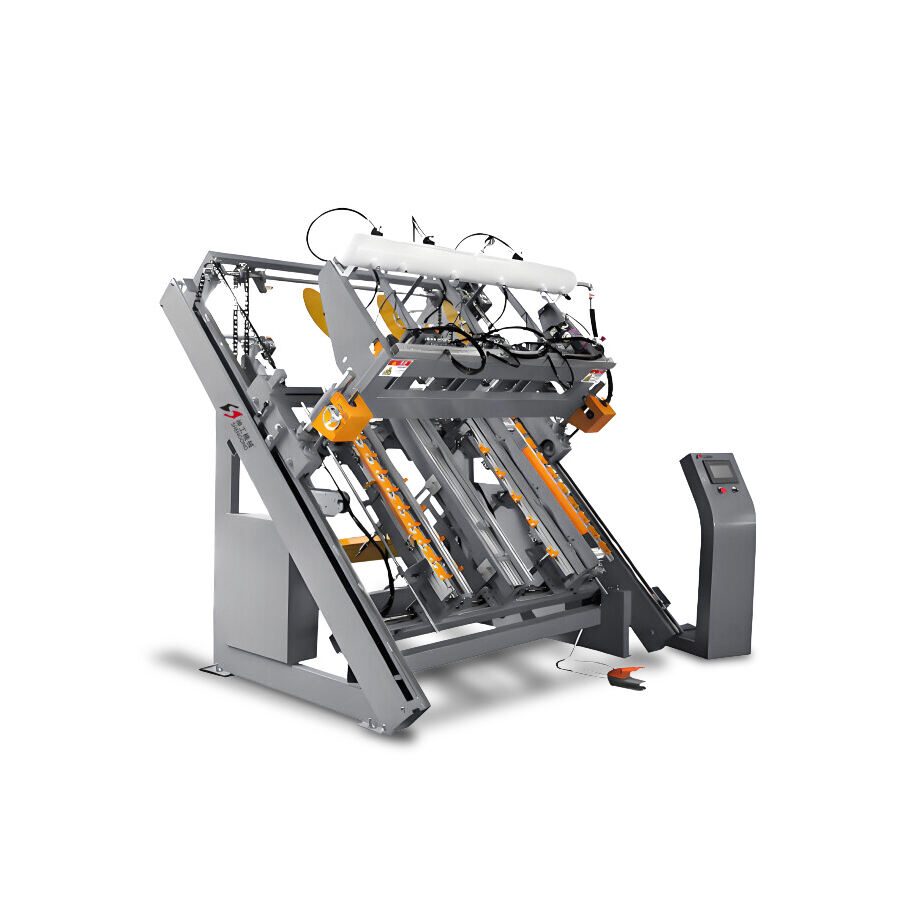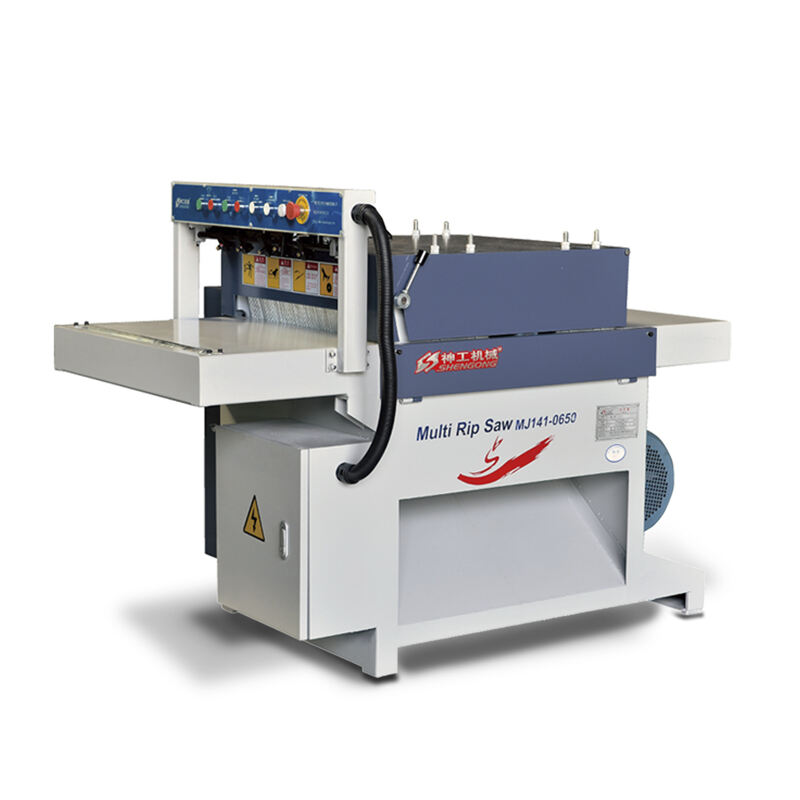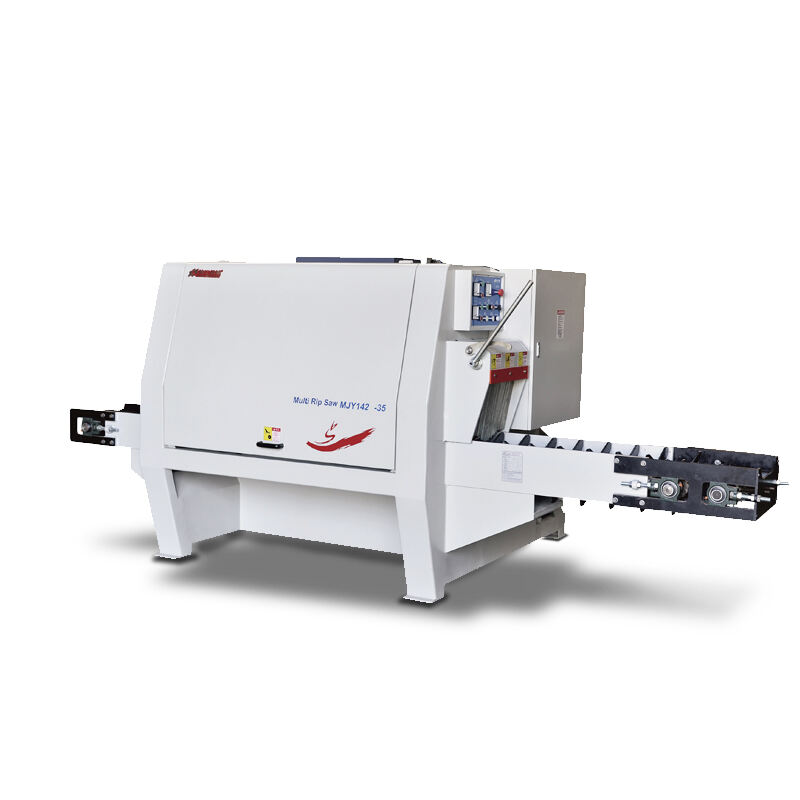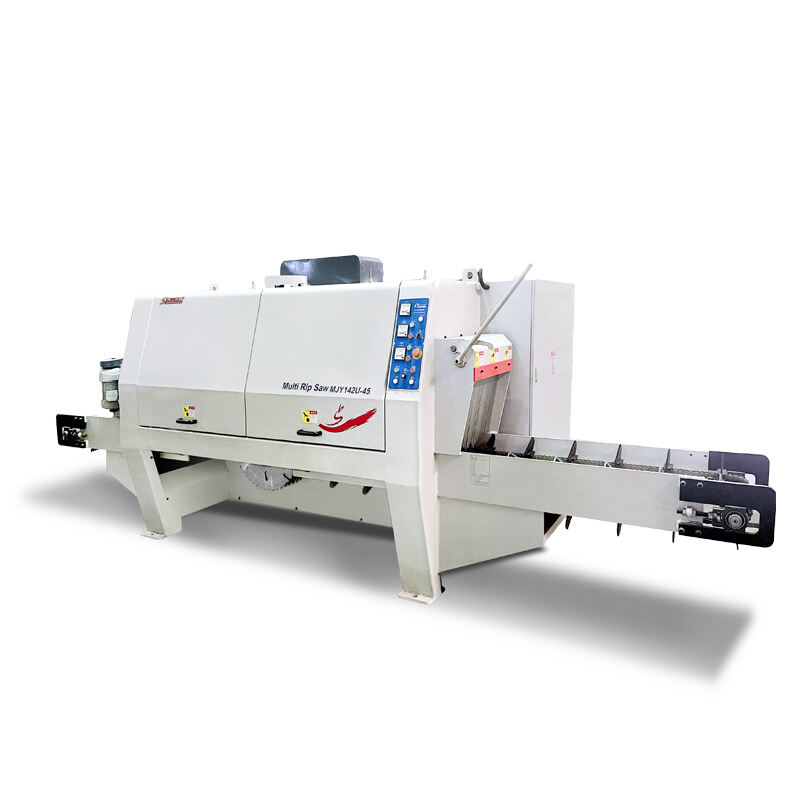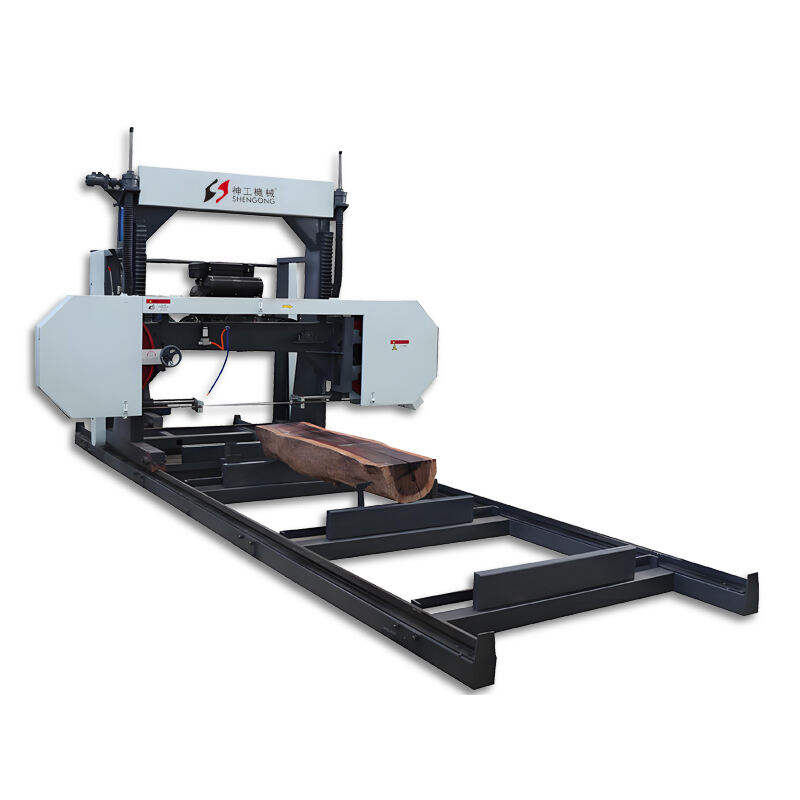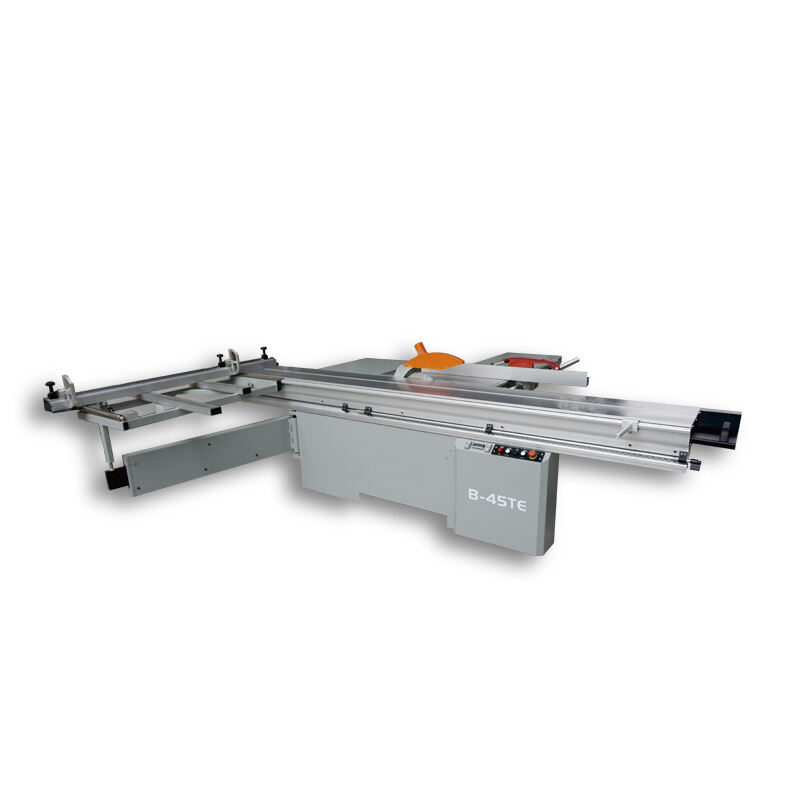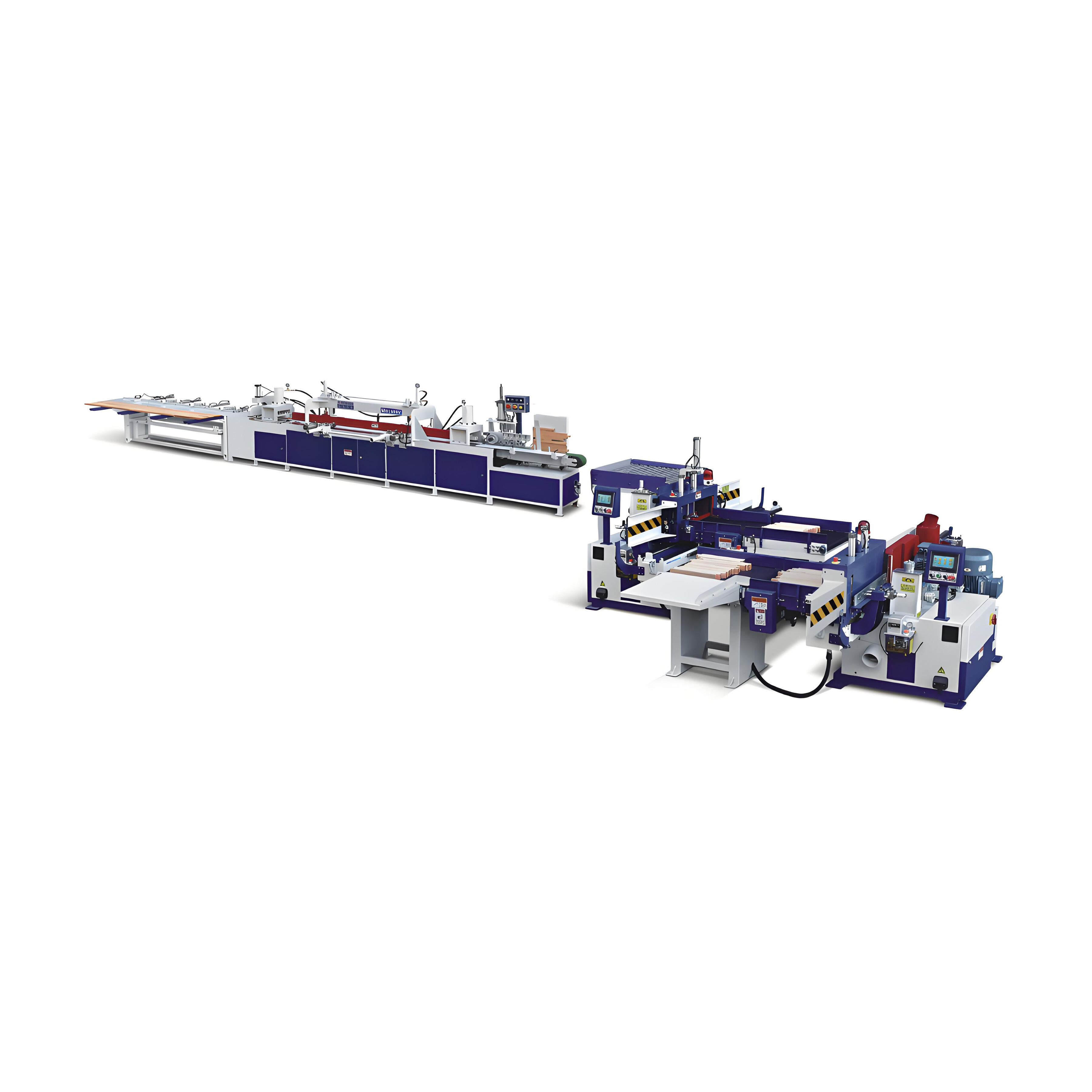Pallets are a crucial element in the global supply chain, used for transporting goods efficiently across various industries. However, European and American pallet standards differ significantly in terms of dimensions, design, and material specifications. Understanding these differences is vital for businesses engaged in international logistics to ensure compatibility and avoid unnecessary costs. Shengong, a leader in the pallet manufacturing industry, provides a comprehensive overview of these key differences, helping businesses navigate the complexities of pallet standards.
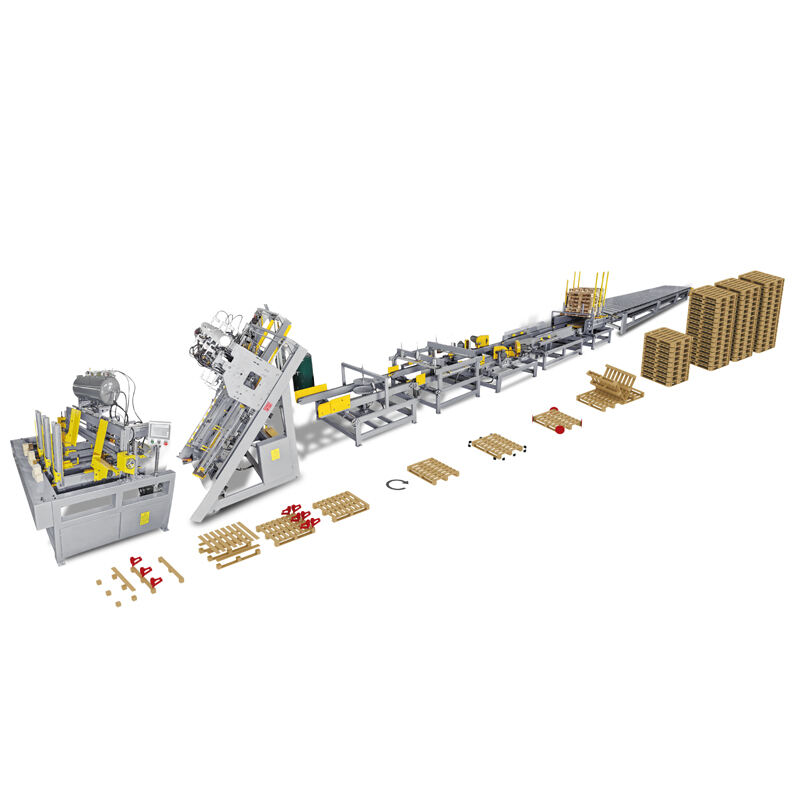
Dimensions: European vs. American Pallets
One of the most prominent differences between European and American pallet standards is the size and dimensions. The European pallet, commonly known as the Europallet, follows the standard size of 1200 mm x 800 mm (47.2 inches x 31.5 inches). This size is widely adopted across Europe for compatibility with standard transport containers and warehouse shelving systems.
In contrast, American pallets follow a standard size of 48 inches x 40 inches (1219 mm x 1016 mm), which is more suited for the needs of North American transportation and storage systems. The differences in size mean that pallets manufactured for one region may not be easily interchangeable with those used in the other, potentially leading to inefficiencies in logistics operations.
Material Standards: Wood vs. Plastic and Other Alternatives
Both European and American pallets are predominantly made of wood, but there are differences in the materials used. In Europe, there is a strong preference for wooden pallets that comply with the ISPM 15 standard, which regulates the treatment of wood to prevent the spread of pests. However, in recent years, plastic pallets and other materials, such as metal and composite materials, have gained popularity in both regions due to their durability, recyclability, and cost-effectiveness.
The American pallet market also sees a significant use of wood but has a broader acceptance of plastic pallets, particularly in industries requiring a higher degree of hygiene and durability. Shengong offers a wide range of pallets made from various materials, including high-quality plastic and wood, catering to both European and American markets.
Load Capacity and Design Variations
Another key difference lies in the load capacity and design specifications. European pallets typically have a lower load capacity compared to American pallets. This is partly because of the differences in handling and stacking systems in each region. American pallets are often designed to support heavier loads due to the larger size and structural design, which allows for more robust handling in industrial and retail settings.
Shengong produces pallets that are designed to meet various load-bearing requirements, ensuring that businesses can select the right pallet based on their specific needs, whether for light-duty or heavy-duty applications.
Conclusion
Understanding the key differences between European and American pallet standards is essential for optimizing international logistics and ensuring smooth operations. By recognizing the distinctions in dimensions, materials, and load capacities, businesses can better navigate supply chain challenges. Shengong offers a wide range of pallets that meet these regional standards, ensuring compatibility, durability, and cost-efficiency across both European and American markets.


